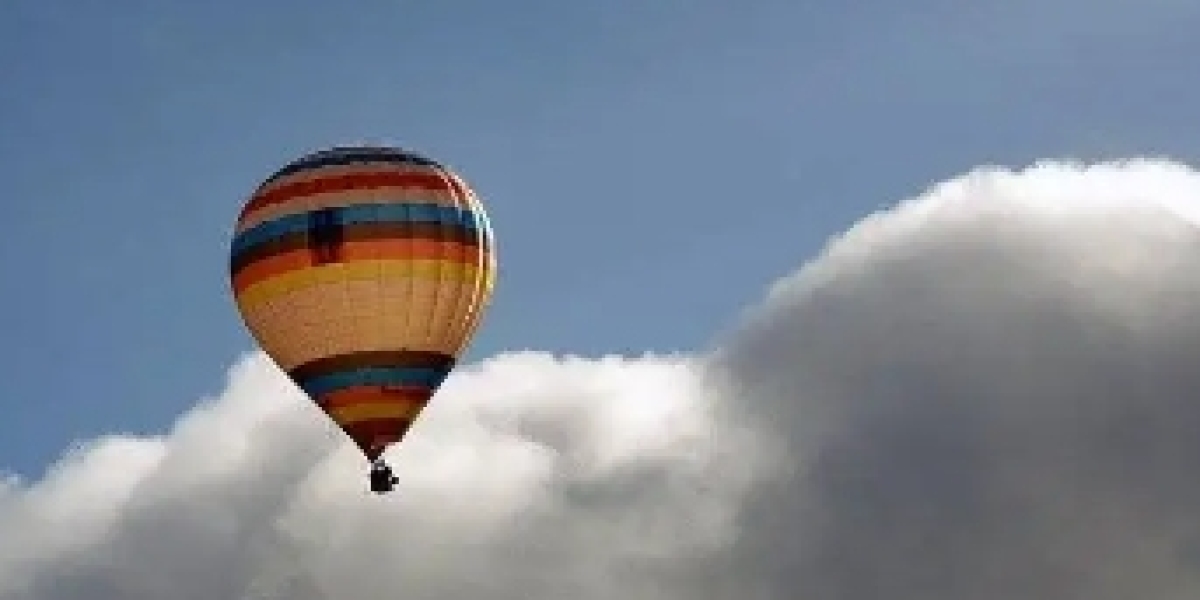The allure of floating high above the world, carried by the gentle currents of the wind in a colorful hot air balloon, is a dream shared by many adventure enthusiasts. However, achieving this dream requires more than just a sense of adventure – it demands a commitment to safety, knowledge of aerodynamics, and the acquisition of a hot air balloon license. In this blog, we will explore the fascinating journey towards obtaining a hot air balloon license, shedding light on the requirements, training, and the joy that comes with piloting these majestic vessels.
The Basics of Hot Air Ballooning
Before delving into the intricacies of acquiring a hot air balloon license, let's briefly understand the basics of hot air ballooning. Hot air balloons operate on a simple principle: warm air rises. By heating the air inside the balloon's envelope, the balloon becomes buoyant and ascends. Steering is achieved by adjusting the altitude, taking advantage of different wind currents at varying altitudes. While the concept is straightforward, becoming a licensed hot air balloon pilot involves a comprehensive understanding of the equipment, weather conditions, and safety protocols.
Requirements for Obtaining a Hot Air Balloon License
Age and Health Requirements: To embark on the journey towards a hot air balloon license, aspiring pilots must meet certain age and health criteria. In many countries, the minimum age for obtaining a license is 18, ensuring that candidates possess the maturity and responsibility required for piloting such aircraft. Additionally, applicants must meet specific health standards to ensure they can handle the physical and mental demands of operating a hot air balloon.
Training Requirements: Formal training is a crucial step on the path to becoming a licensed hot air balloon pilot. Aspiring pilots must enroll in a recognized hot air balloon pilot training program, typically offered by aviation schools or experienced instructors. The training covers a spectrum of topics, including aerodynamics, meteorology, navigation, and emergency procedures. Practical flight training is a key component, allowing candidates to gain hands-on experience in piloting a hot air balloon under the guidance of a certified instructor.
Flight Hours and Experience: Accumulating flight hours is an integral part of the licensing process. Aspiring pilots must log a minimum number of flight hours, both as a student and as a pilot-in-command, to demonstrate their proficiency and understanding of hot air balloon operations. These hours often include solo flights, cross-country flights, and flights conducted in various weather conditions.
Written and Practical Exams: Successful completion of written and practical exams is a crucial step towards obtaining a hot air balloon license. The written exam evaluates candidates on their theoretical knowledge, covering topics such as aerostatics, navigation, regulations, and weather. The practical exam assesses the candidate's ability to operate a hot air balloon safely, including tasks such as inflation, launch, navigation, and landing procedures.
Navigating the Skies: The Joy of Hot Air Balloon Piloting
As the journey towards a hot air balloon license progresses, aspiring pilots not only gain the necessary skills but also discover the sheer joy and freedom that comes with navigating the skies in a hot air balloon. The unique perspective from above, the silent flight through the air, and the sense of accomplishment in mastering the art of ballooning make the entire process a deeply rewarding experience.
Safety First: The Importance of Adhering to Regulations
Safety is paramount in aviation, and hot air ballooning is no exception. Aspiring pilots learn to prioritize safety through rigorous training and adherence to regulations. Understanding weather patterns, conducting thorough pre-flight inspections, and implementing emergency procedures are integral aspects of the training process. By instilling a safety-first mentality, hot air balloon pilots contribute to a culture of responsible ballooning, ensuring that each flight is a secure and enjoyable experience.
Community and Camaraderie: Connecting with Fellow Balloonists
The hot air ballooning community is a tight-knit group of enthusiasts who share a passion for flight and adventure. As aspiring pilots progress through their training, they become part of this community, forging connections with experienced balloonists and fellow students. Events such as balloon festivals and competitions provide opportunities for networking, sharing experiences, and celebrating the joy of hot air ballooning as a collective.
Conclusion
In conclusion, obtaining a hot air balloon license is a journey that blends technical knowledge, practical skills, and a deep appreciation for the beauty of flight. Aspiring pilots embark on a path that not only leads to the acquisition of a license but also opens the door to a world of adventure, camaraderie, and the exhilarating freedom of soaring high above the landscapes. The hot air balloon license is not just a certification; it is a ticket to explore the skies and experience the world from a perspective few have the privilege to enjoy.









